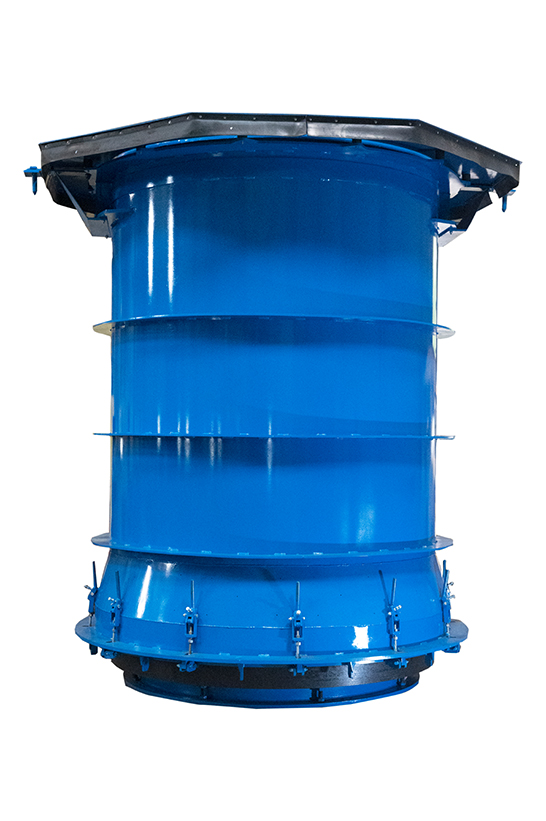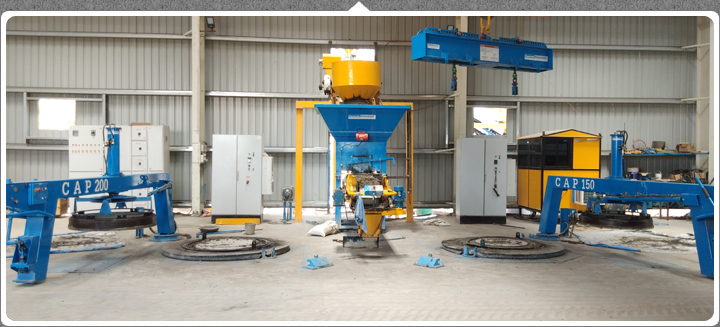
The concrete pipe has been in existent for a long time since its invention. There have also been numerous efforts in quality improvements that have made it what it is today. Most of the applications are external, used in conveyance of storm water and sewerages worldwide. This is because the pipes serve two main purposes; conveyance and providing structural support. They are manufactured using specialized pipe making machines that impart special features on the pipe.
Advanced technologies in design of the concrete pipe machine have rendered the pipes very long lasting and able to withstand extreme conditions that metallic and PVC pipes can never handle. A good understanding of the specifications required is critical for the construction for all their features to be realized. Some important elements of concrete pipes include;

Hydraulics
This is an important element referring to the water conveying capacity of the pipe. The interior smoothness of the pipe is an important factor in the pipe water/fluid conveying capacity. There is a direct relationship between smoothness and the hydraulic capacity of the pipe. Techniques used to indentify smoothness include “Colebrook roughness coefficient, Hazen and William technique, and Manning’s roughness criteria.
This element is also important while considering the effect of suspended debris in drain water.
Manufacturing Process
The capabilities of the Concrete Pipe Making Machines Cap 150 Cap 200 Concrete Pipe Making Machine greatly affect the longevity and performance of the pipe. Ability to hold and compact a cement mix with low water/cement ratio (high cement and lower water content mix) is important for the manufacturing process. This mix has very low workability therefore the power and efficiency of the machine is critical.
The low ratio in pipes manufacture allows high compaction to be achieved, with strengths reaching 60 Mega Pascal’s, to make the product waterproof. This strength also contributes to the durability of the machine. An efficient concrete pipe making plant is able to handle this mix without allowing air gaps in the mixture and achieve the required compaction
Strength
Unlike piping made from other materials, the strength of the concrete is never dependent on the soil cover. In addition, unlike the other pipes, the concrete does not deflect to reach peak holding capacity. Thus they are more preferred in installations where the over head weight is great. This has made them preferred in bridges and underground sewers.
Joints
The performance of the joint in these pipes is a critical aspect of quality. They should not be affected by the landfills. It is therefore common practice to test the joints before installation. High integrity of the intersection prevents entry of debris and top fill subsidence. Joint sealers are used such as rubber rings, skid rings and external bands.
Finished Product Testing
This exercise is done to access compliance to the set standards and against the probable load that the piping is exposed. Some important tests include hydrostatic tests, ultimate load analysis, pressure tests, rate of water absorption and interior dimensions. Strict quality management procedures must be implemented during the production process to achieve consistency and high quality pipes.
Recent Articles
- Precast Concrete Box Culvert for Urban Underpasses and Cable Trenches
- How Concrete Pipe Machines Crucial in Power Plant Infrastructure?
- Role of Concrete Pipe Machines in Canal Lining Projects
- How Drycast Technology is Changing the Concrete Pipe Industry?
- Common Mistakes to Avoid When Selecting Pipe Moulds for Your Machine





 BACK TO ARTICLES
BACK TO ARTICLES